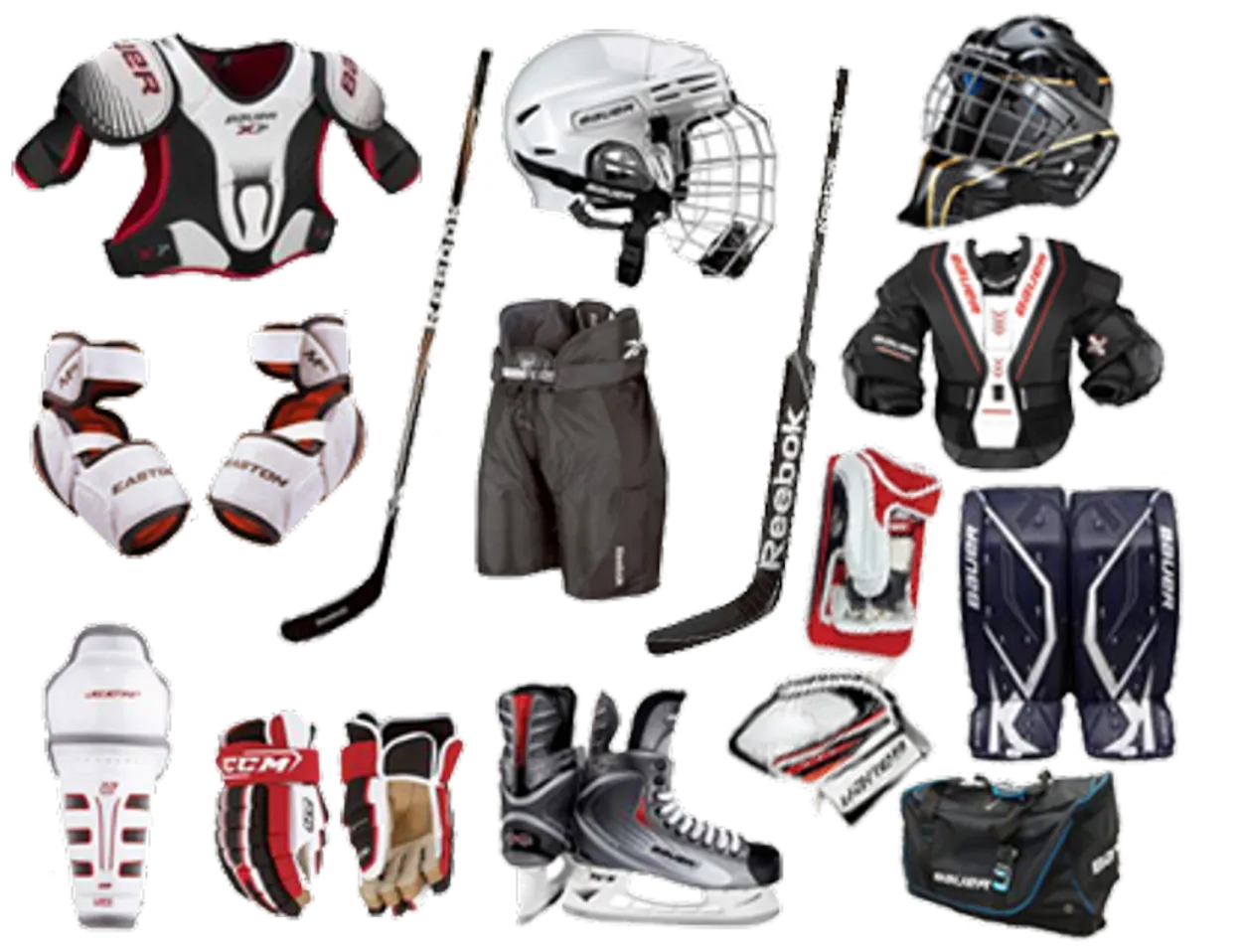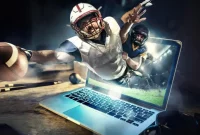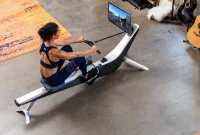Are you an athlete looking to level up your game? Look no further! In our comprehensive guide, we’ll walk you through all the essential equipment you need to succeed. From footwear to protective gear, we’ve got you covered. Gear up and get ready to dominate!
Comprehensive Checklist for Sports Gear
When it comes to participating in any sport, having the right gear is essential. Whether you’re a seasoned athlete or just starting out, having the proper equipment can greatly enhance your performance and keep you safe during your athletic endeavors. To ensure you have everything you need, here is a comprehensive checklist for sports gear:
1. Clothing
Make sure you have comfortable and suitable clothing for your sport. This may include jerseys, shorts, socks, and specialized apparel like compression sleeves or moisture-wicking fabrics.
2. Footwear
A proper pair of athletic shoes is crucial to support your feet and prevent injuries. Different sports may require specific types of footwear, so choose accordingly, whether it’s running shoes, cleats, or basketball sneakers.
3. Protective Gear
Protective gear is essential for certain sports to ensure your safety. This may include helmets, mouthguards, pads, goggles, or shin guards. Consult specific sport guidelines to determine the necessary protective gear.
4. Equipment
Depending on the sport, you may need various equipment such as balls, rackets, bats, sticks, or nets. Ensure your gear is in good condition and suitable for the game.
5. Accessories
There are often additional accessories that can enhance your performance and comfort. These may include water bottles, sports watches, sweatbands, gloves, or sunglasses.
6. First Aid Kit
Always have a basic first aid kit readily available in case of minor injuries. It should include bandages, antiseptic wipes, adhesive tape, and pain relief medications.
7. Maintenance Equipment
For certain sports, having maintenance equipment is necessary to ensure the longevity of your gear. This may include bike pumps, skate sharpeners, or maintenance kits for racquets or clubs.
8. Proper Storage
Finally, invest in proper storage solutions to keep your sports gear organized and in good condition. This can include equipment bags, shoe racks, or storage compartments specifically designed for your sport.
By following this comprehensive checklist, you can ensure that you have all the necessary sports gear to excel in your chosen athletic pursuit. Remember, having the right equipment not only enhances performance but also keeps you safe from potential injuries.
How to Care for and Maintain Equipment
Properly caring for and maintaining your sports equipment is crucial to ensure optimal performance and longevity. Here are some essential tips to keep your gear in top shape:
1. Clean Equipment Regularly
After each use, make it a habit to clean your equipment thoroughly. This helps remove dirt, sweat, and bacteria that can accumulate and cause damage over time. Use appropriate cleaning materials and follow the manufacturer’s instructions.
2. Store Equipment Properly
When not in use, store your equipment in a clean, dry, and well-ventilated area. Avoid damp places to prevent the growth of mold and mildew. Use proper storage racks or containers to maintain their shape and prevent any unnecessary pressure.
3. Regularly Inspect for Damage
Perform regular inspections on your equipment to identify any signs of wear and tear or potential damage. This includes checking for loose screws, frayed strings, cracks, or any structural issues. Addressing small problems promptly can prevent bigger issues later on.
4. Follow Maintenance Instructions
Always follow the recommended maintenance guidelines provided by the manufacturer. This may include lubrication, tightening bolts, replacing worn-out parts, or restringing. Adhering to these instructions ensures that your equipment stays in optimal condition.
5. Protect Equipment During Transportation
When transporting your gear, use protective cases or covers to shield them from any potential damage. Avoid throwing them in the back of your vehicle unprotected or stacking heavy objects on top of them.
6. Avoid Extreme Temperatures
Extreme temperatures can have adverse effects on certain equipment materials. Whenever possible, avoid exposing your gear to excessive heat, cold, or direct sunlight for prolonged periods. Follow the manufacturer’s recommendations for temperature-sensitive items.
7. Replace Worn-out Equipment
Eventually, no matter how well you care for your equipment, it will wear out. When you notice signs of significant deterioration or decreased performance, consider replacing the worn-out items. Using worn-out gear can compromise your safety and performance.
By following these care and maintenance tips, you can ensure that your sports equipment remains in top condition, allowing you to perform at your best while prolonging its lifespan.
The Psychology of Equipment in Sports Performance
In the world of sports, athletes understand the significance of having the right equipment. It goes beyond the physical properties of the gear; it also has a profound psychological impact on their performance. Successful athletes recognize that the choices they make regarding their equipment can influence their mindset, confidence, and overall performance.
One key aspect of the psychology behind equipment in sports is the belief in the gear’s capabilities. Athletes often develop a sense of trust and confidence in their equipment, knowing that it will help them perform at their best. This belief can provide psychological security and reduce anxiety, enabling athletes to focus their attention fully on the game.
Additionally, equipment can serve as a source of motivation. The right gear can ignite a sense of excitement and anticipation, boosting an athlete’s energy and enthusiasm. This psychological boost can translate into improved performance, as athletes feel more driven to push their limits.
Beyond belief and motivation, the symbolism attached to equipment plays a crucial role. Athletes often attach personal meaning and significance to their gear, whether it represents their hard work, dedication, or identity within the sport. Wearing their equipment with pride can enhance their confidence levels and create a positive mindset.
Another psychological aspect involves the placebo effect. Even if the actual impact of certain equipment features is minimal, if athletes believe it provides an advantage, it can create a placebo effect that enhances their performance. This phenomenon highlights the power of the mind and the influence it can have on an athlete’s performance.
It is important to note that while equipment can have psychological benefits, it is not a guarantee of success. Skill, training, and mental fortitude are still fundamental factors in sports performance. However, understanding the psychology of equipment can help athletes make informed choices and leverage the psychological benefits that the right gear can offer.
Making Informed Purchasing Decisions
When it comes to your athletic pursuits, having the right equipment can make all the difference. Whether you’re training for a marathon, preparing for a soccer match, or hitting the gym, choosing the right gear is essential for both performance and safety.
Here are some key factors to consider when making informed purchasing decisions for your athletic equipment:
1. Assess Your Needs
Start by understanding your specific needs as an athlete. Consider the type of sport or activity you engage in, your level of skill, and any specific goals you have. This will help you identify the essential equipment required.
2. Quality and Durability
Investing in high-quality equipment is crucial for longevity and performance. Look for trusted brands that have a track record for producing durable and reliable products. Consider reading reviews and seeking recommendations from experienced athletes or trainers.
3. Proper Fit
No matter the sport, ensuring your equipment fits correctly is paramount. Ill-fitting gear can lead to discomfort, restricted movement, and even injuries. Take the time to try on different sizes and models to find the perfect fit.
4. Safety Standards
For certain sports, such as cycling or skiing, safety standards and certifications are essential. Ensure that the equipment you purchase meets the required safety regulations to minimize the risk of accidents or injuries.
5. Budget Considerations
While quality should be a priority, it’s important to set a realistic budget. Compare prices from different retailers and evaluate the cost versus the quality and features of the equipment. Remember, sometimes a higher price tag means better durability and performance.
6. Consult Experts
If you’re unsure about which equipment to choose, don’t hesitate to seek advice from professionals in the field. They can offer personalized recommendations based on your specific needs and budget.
By carefully considering these factors and making informed purchasing decisions, you can ensure that you have the right equipment to support your athletic endeavors. Remember, the right gear can enhance your performance and keep you safe throughout your athletic journey.
The Role of Gear in Injury Prevention
In the world of sports, athletes understand the importance of utilizing proper gear to enhance their performance and ensure their safety. When it comes to injury prevention, having the right gear can play a significant role in keeping athletes safe and reducing the risk of potential injuries.
One of the most essential pieces of gear in injury prevention is protective clothing. For contact sports or activities with a higher risk of impact, such as football or martial arts, helmets, pads, and mouthguards are crucial. These items provide a protective barrier, absorb shock, and minimize the chances of head, facial, or dental injuries.
In addition to protective clothing, supportive footwear is paramount in injury prevention. Different sports require specific footwear to provide the necessary stability, traction, and shock absorption. Improper footwear can lead to sprained ankles, shin splints, or stress fractures.
Another gear component to consider is joint support. Wearing braces or wraps around joints, such as the knee or ankle, can provide additional stability and help prevent injuries like strains or sprains. These supportive accessories can be particularly beneficial for athletes with previous injuries or weak joints.
Furthermore, eyewear is often overlooked but vital for certain sports like skiing, cycling, or racquetball. Quality goggles or sunglasses protect the eyes from harmful UV rays, debris, or possible impact, minimizing the risk of eye injuries.
Lastly, equipment maintenance and regular inspections are crucial for injury prevention. Keeping sports gear in proper working condition, such as ensuring helmets have a secure fit or checking the grip on tennis rackets, can help prevent accidents caused by faulty equipment.
In conclusion, the role of gear in injury prevention cannot be underestimated. By investing in appropriate protective clothing, footwear, joint support, eyewear, and maintaining equipment properly, athletes can significantly reduce the risk of injuries and perform at their best. Remember, safety should always be a top priority in sports to enjoy the game while minimizing the chances of getting hurt.
Conclusion
In conclusion, having the right equipment is essential for any athlete to perform at their best. From choosing the right shoes to finding the perfect gear for your specific sport, each piece of equipment plays a crucial role in enhancing performance and preventing injuries. So, make sure to invest in high-quality equipment and always keep them in good condition to maximize your athletic performance.




